Bishnupur: Land of Terracotta architecture
“It is hard to imagine an entire city built of terracotta, but those who visit Bishnupur in West Bengal can feast their eyes on a temple town built purely of clay and brick,” says Bhuvan Mukherjee, a Kolkata-based engineer who visited Bishnupur about two years ago.
Away from the hustle-bustle of cities, Bishnupur, a quaint town in Bankura district, about 150 km northwest of the capital Kolkata, attracts tourists with its traditional music, gorgeous handicraft and exceptional architecture, especially the famous terracotta temples.
The temples were built by Malla kings in the 17th and 18th centuries. They were ardent believers of Hindu deity Lord Vishnu, giving Bishnupur its name.
The terracotta architecture
The distinct architecture of Bishnupur temples depicts the culture and style incorporated from neighbouring regions. The terracotta tiles, along with the craftsmanship of talented artisans in laterite and bricks, illustrate several scenes from the epics Mahabharata and Ramayana on the temple walls.
Historians believe that easy availability of clay in the fertile plains fed by numerous rivers, notably the Ganga river, probably led to the extensive use of terracotta, but it is a testimony to the craftsmanship of local temple builders, that these temples survive to this day, almost in the same way that they were built in.
Rasmancha temple
Tourists usually start their Bishnupur temple tour from Rasmancha. “Rasmancha was not a temple earlier but an elevated platform of mazed archways where people started gathering on occasions and even worshipping,” says Mukherjee. During religious festivals, the idols and images of Lord Krishna are displayed in the galleries. The building is constructed using indigenous mortar of lentils, spices, milk and rice husk.
Rasmancha temple is unique, with its unusual elongated pyramid-like tower surrounded by hut-shaped turrets, which was very typical of Bengali roof structures of the time.
From Rasmancha, tourists can head to the southern group of temples. These temples are made with laterite and using single spires, curved roofs and arches as the most noticeable highlights. The architecture style is not from one particular region but is a melange of influences from Odisha, West Bengal and Persia. Among these, Radhashyam temple is the most well preserved.
Radhashyam temple
Radhashyam temple is dome-shaped and lies within an enclosure that is surrounded by the boundary wall. Along with its high sacred significance, the temple is known for its aesthetic architecture which makes it one of the most popular tourist attractions in Bishnupur. Due to its historical significance and heritage value, the temple is looked after by the Archaeological Survey of India (ASI).
Enshrining images of Lord Krishna and Radha in the sanctum, the Radhashyam temple is esteemed as the living shrine in the region. The sanctum also includes the images of Nityananda and Chaitanya. In the vicinity of the temple, there is another shrine housing the idols of Lord Jagannath of Puri and saints Nityananda and Chaitanya. Throughout the year, this beautiful temple in Bishnupur is visited by numerous visitors; some come to offer their homage, while others visit the temple just to adore its exquisite grandeur.
Nandalal temple
The next best stop for architecture lovers can be the Nandalal museum and temple. This temple complex consists of 20 smaller temples. The first of these, the Mrinmayee temple, was built in the year 997 by King Jagat Malla. The temples of this compound reflect the local architecture of Bengal and most of them were built between 1622-1758 CE. Another significant temple is Madanmohan, a square flat-roofed structure with carved cornices, surmounted by a pinnacle. Impressive carvings on the walls of the Madanmohan temple also depict scenes from the Ramayana, Mahabharata and the Puranas.
“The images etched on the Bishnupur temples are also quite unique. This could have been because the artists who worked on the temple complex were illiterate and had no access to the epics and the stories associated with it, which were in Sanskrit. Their only access to this repository was through the works of local Bengali poets, who wrote dramas and ballads and these artists heard those,” says Mukherjee.
Historians believe the freedom that builders of this temple enjoyed, allowed them to weave in new episodes and interpretations based on local customs and traditions, thus bringing new facets to the stories from the Mahabharata and Ramayana and also to the architecture of these temples.

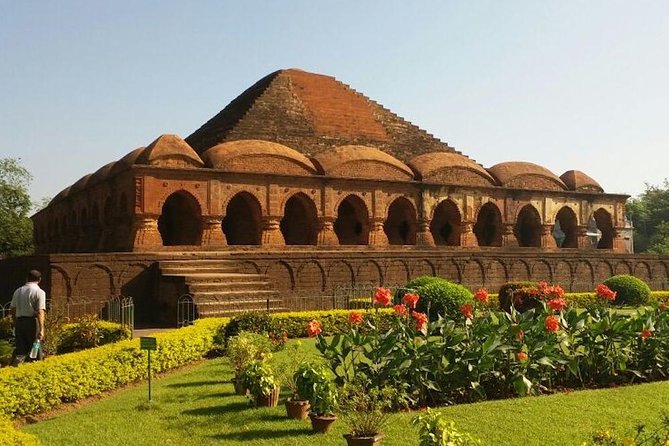
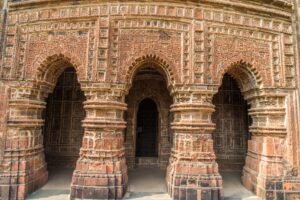
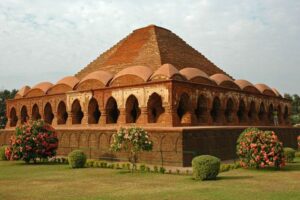
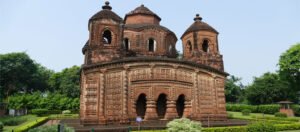
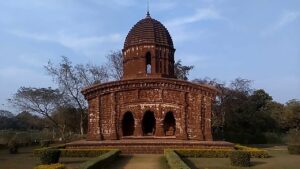
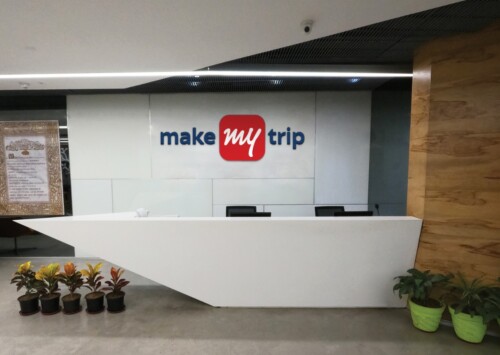




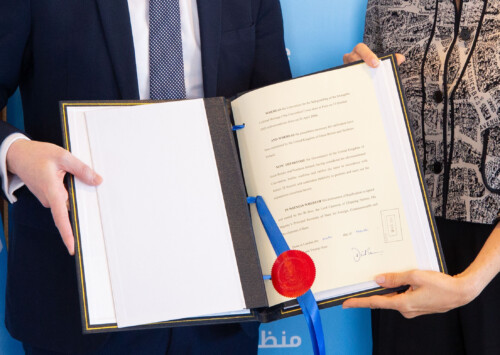
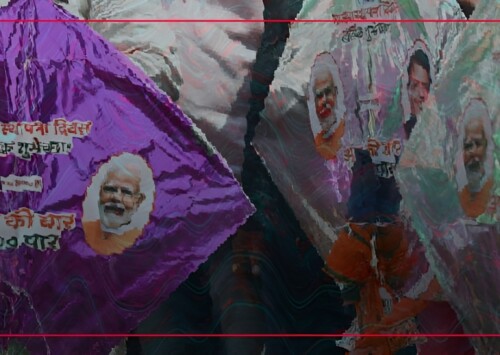


Bishnupur is a town in the eastern Indian state of West Bengal. It’s known for Hindu temples made from local terracotta, such as the pyramid-shaped Rasmancha, established around 1600. Ornate carvings adorn the walls of Jor Bangla Temple. North, Madan Mohan Temple is decorated with scenes from Hindu legends, including the “Mahabharata.” In town, the Bishnupur Museum displays manuscripts and ancient sculptures, best place to visit. must go once in his life.
BISHNUPUR HISTORY.
Bishnupur was the centre of the Malla Kingdom for centuries and had a flourishing economy promoting art and culture. The name Malla means wrestler and was named after the first king Adi Malla who though born in a princely household was raised by a Fisherwoman (Bagdi) and later by a priest.
Rasmancha : The oldest brick temple us dated to 1600 AD. A brick and stone structure it has a pyramidal top and arched structure below which is very typical of Bengal architecture. It was the place where everyone would bring their Radha Krishna idols during “Rash” for worship. Rash is an importance festival for the Vaishnavites
Bishnupur (Vishnupur) in Bankura district of West Bengal, gets its name from Lord Vishnu, the deity of the Vaishnavite Malla Kings who ruled it. Bishnupur’s glorious past is emulated in its traditional architecture and handicrafts such as pottery and weaving. The town prospered in the 17th and 18th centuries and was the capital of the Malla kingdom. Under the Malla kings, Bishnupur developed a unique form of architecture involving the most brilliant and detailed terracotta work.